Product Information Organic Shizuoka Hon-Gyokuro (GR1)
Overview:
Gyokuro (玉露) is a high-grade green tea and its name means “jewel dew” or “jade dew”. Before picking the tea leaves, the gyokuro tea garden is covered with kanreisha (寒冷紗), komo (菰), or yoshizu (葦簀) for approximately three weeks. Kanreisha is a man-made black cloth, while komo and yoshizu are straw mats. Gyokuro use only new shoots. By covering the tea garden to block sunlight, catechins which are a component of bitterness, is suppressed, while amino acids, which are components of umami, are increased. Additionally, only the tender new shoots are used for gyokuro.
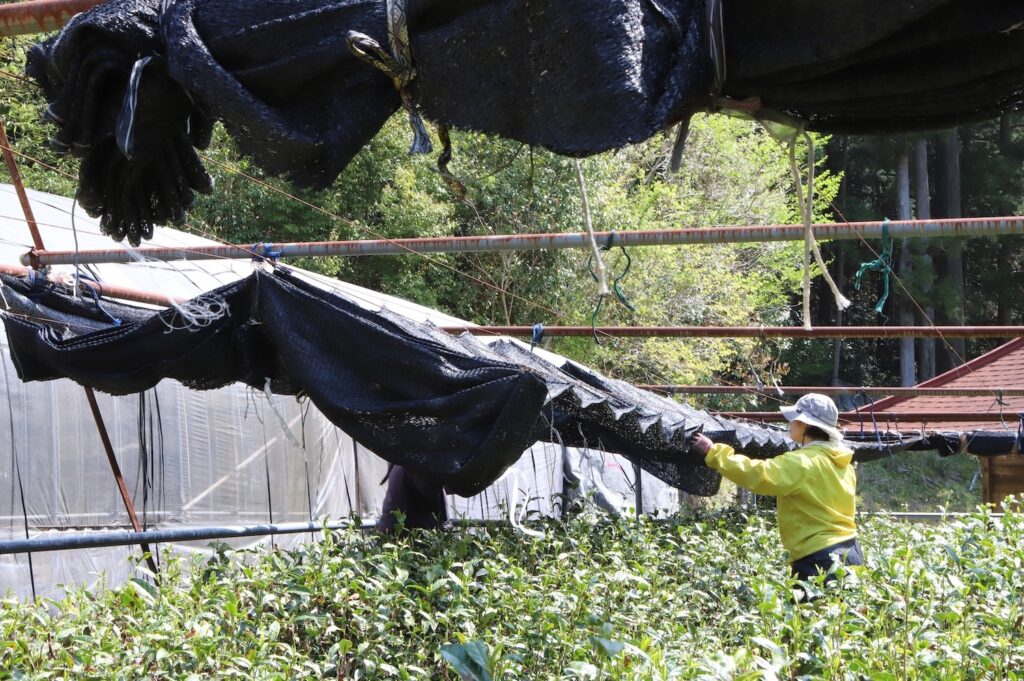
The gyokuro that CHAMART introduces is Hon-gyokuro (本玉露), which is a premium grade of Gyokuro. Hon-gyokuro requires additional care. Poles are installed to support the kanreisha, komo, or yoshizu, ensuring that these coverings do not directly touch the tea plants. The tea plants are grown in their natural bush formation (自然仕立て).
Furthermore, only tender new shoots that have been hand-picked are used for Hon-gyokuro.
The Hon-gyokuro is covered with kanreisha using poles for approximately one month and is made using hand-picked tea leaves.
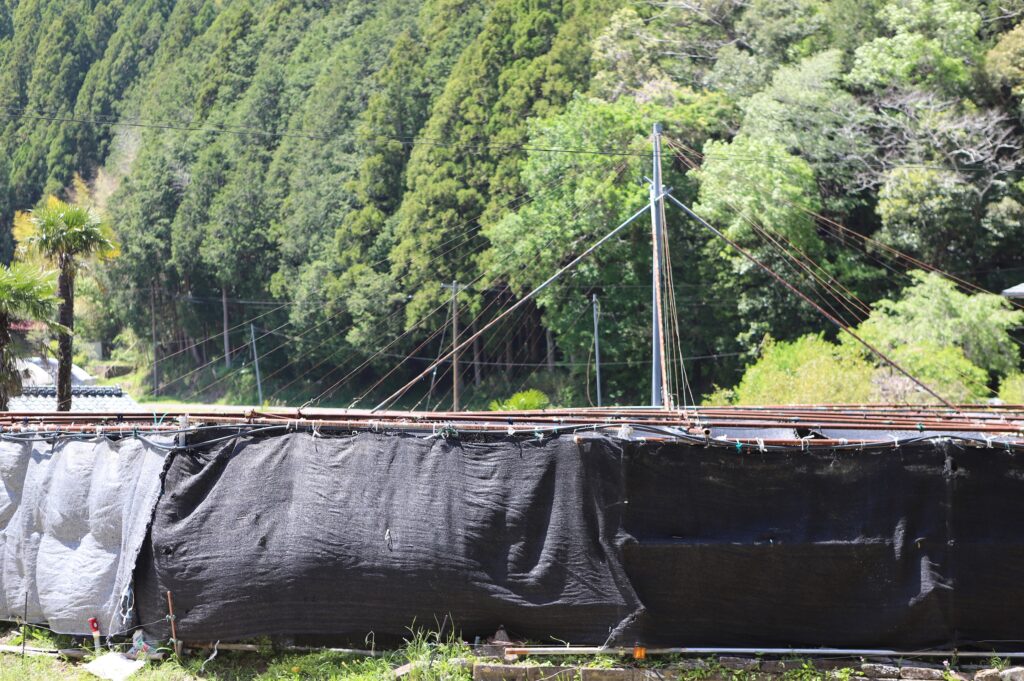
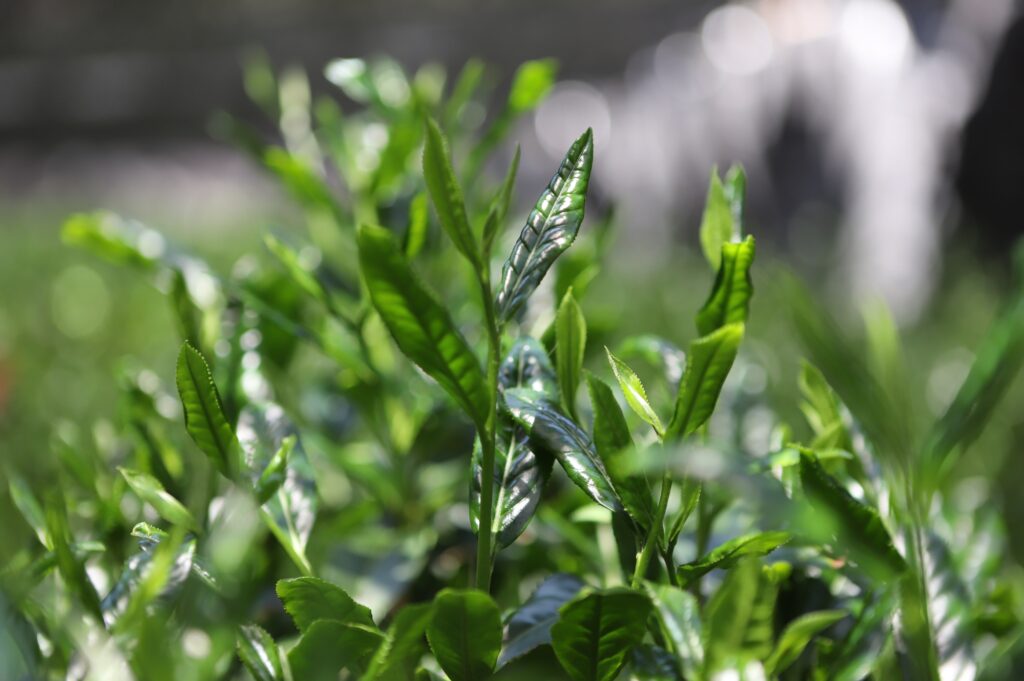
The Gyokuro is single origin and certified as Organic JAS. The gyokuro is produced in Shizuoka City, Shizuoka Prefecture. Shizuoka is famous for green tea.
This gyokuro is eco-friendly tea.
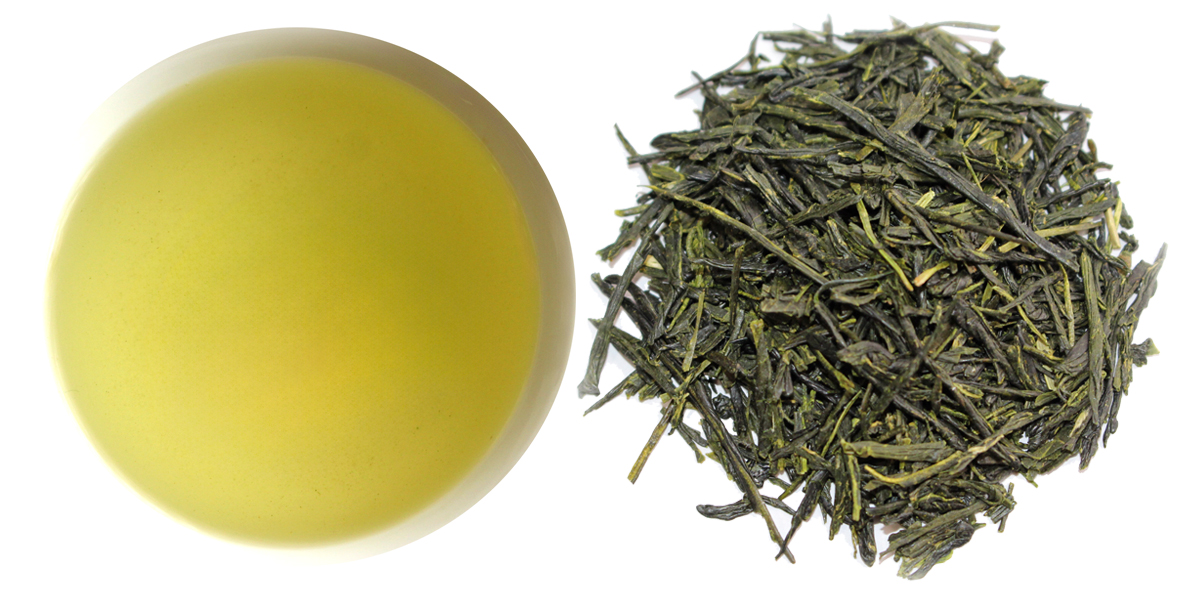
Green tea
Type of tea: Hon-Gyokuro (high grade of steamed green tea)
Production place: Shizuoka City, Shizuoka Prefecture, Japan
Leaf: thin and long, like needles
Time of steaming tea leaves: About 20 seconds
Color of brewed tea: Clear, pale yellow
Flavor: Rich and pronounced umami. Velvety, deep satisfying and full-bodied.
Best-before date: 1 year after the shipping date or 2 years after the shipping date if stored under 9 ℃ in the refrigerator
Other:
Organic farming (certified Organic JAS) *: ◯
Certification body: Organic Farming Promotion Association (OFPA)
Price: Please contact us
Minimum Order Quantity (MOQ): 1kg
Net weight: 1kg (1kg/1 package)
Gross weight: 1kg in 1 box
Cardboard box size: W 260mm × L 160mm × H 160mm (1kg)
Inner package: Aluminum-metallized film kraft bag
Outer box: Cardboard box
Storage condition: Store in a cool, dark and dry place. Avoid storing in places with high temperatures and humidity, and keep out of direct sunlight and light.
CHAGUSABA farming method *: ○
The tea is cultivated using the CHAGUSABA farming method in Shizuoka City. The amount of CHAGUSA (grass) for tea fields is plentiful. Shizuoka City was NOT the area certified as a Globally Important Agricultural Heritage System (GIAHS) by the Food and Agriculture Organization of the United Nations (FAO) in 2013.
Please click here for the details of 1, 2 and 3.
1. Organic JAS (Japanese Agricultural Standard)
2. EU Maximum Residue Level (MRL) of Pesticide
3. Examination of Radioactive materials in tea cultivated in Shizuoka Prefecture
Variety: Yabukita
Yabukita is the most popular variety of tea plant in Japan. Yabukita is a well-balanced variety, with a high yield and has a strong umami flavor. Yabukita is suitable for any kind of green tea.
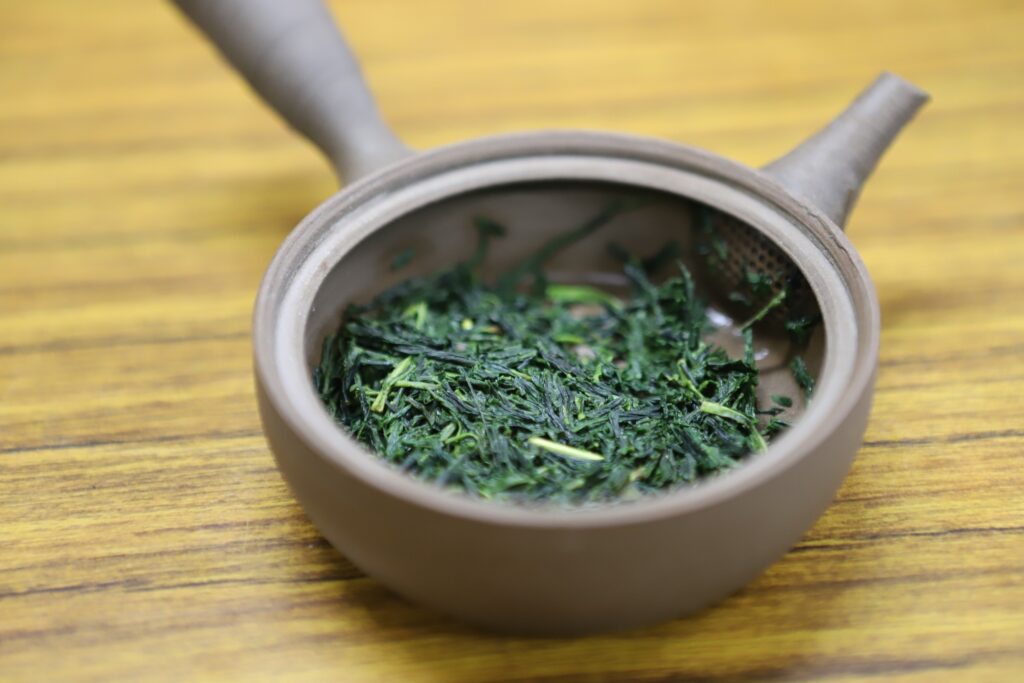
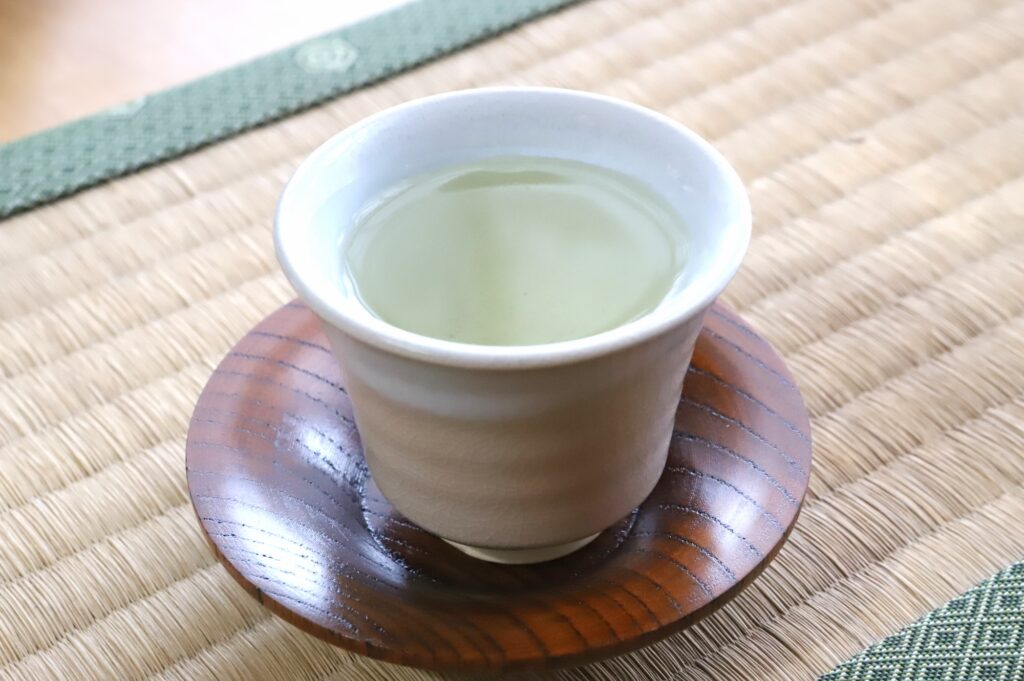
Production place: Shizuoka City, Shizuoka, Japan
Shizuoka Prefecture is a representative tea production area of Japan, located in the center of the main island of Japan. Shizuoka Prefecture has a warm climate with many rivers and is often foggy. These conditions are suitable for tea cultivation. Shizuoka City is one of the major tea production cities in Shizuoka Prefecture.
There are many facilities related to tea such as tea museums, a hotel with a tea theme, etc. in Shizuoka Prefecture.
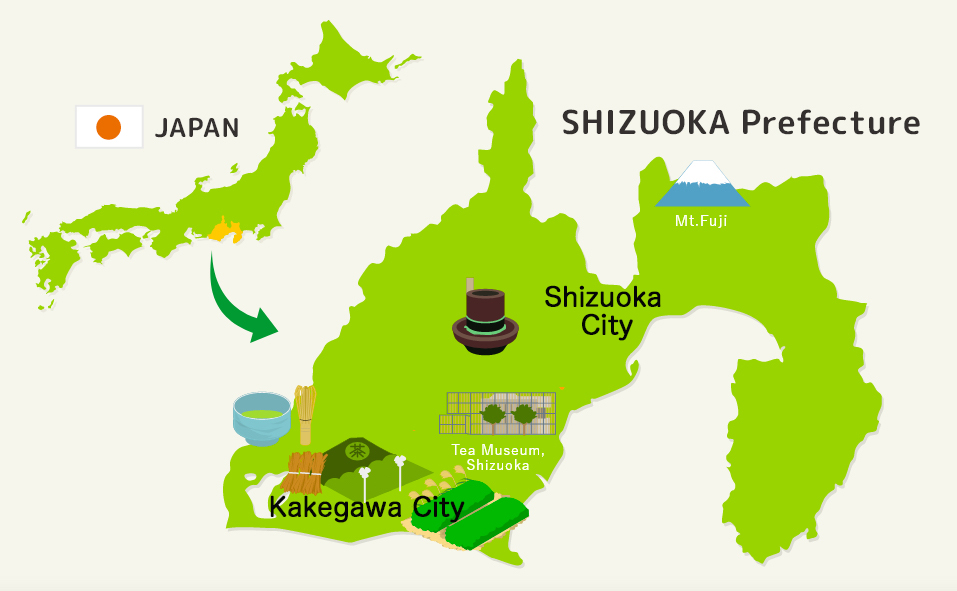
How to enjoy Gyokuro:
To fully appreciate its unique character, drink it slowly, little by little, savoring both its special flavor and the delicate tea leaves. The used tea leaves remain soft and can be enjoyed as a salad with olive oil or tomato.
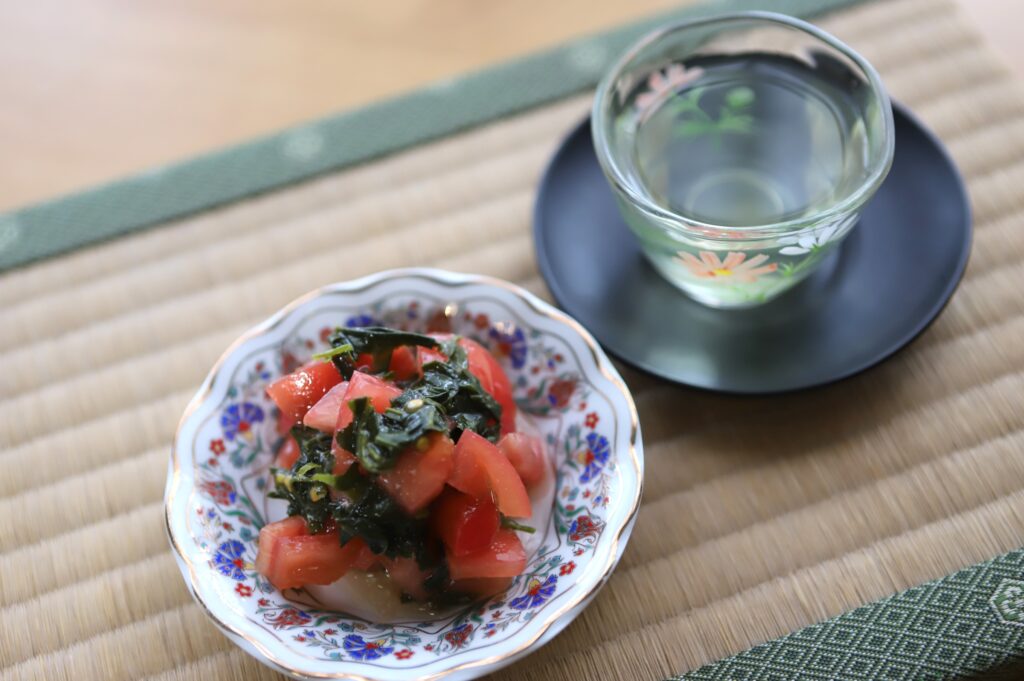
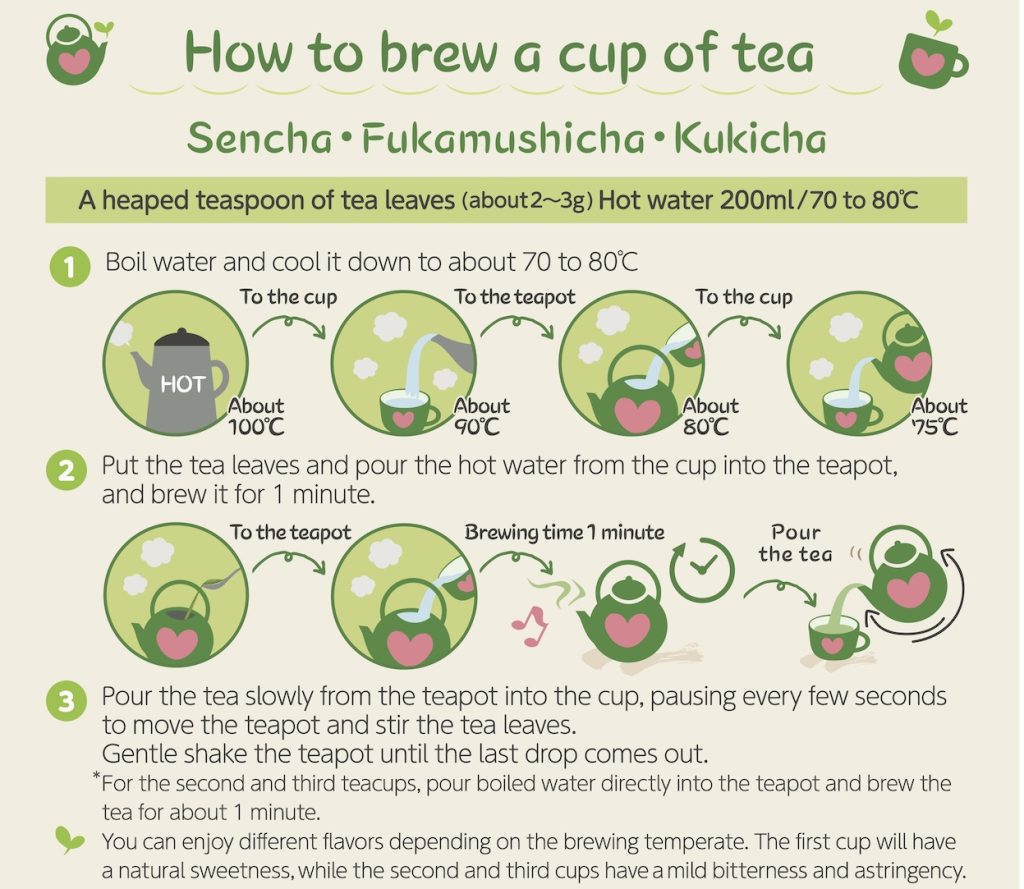
Shizuoka’s Chagusaba farming method (Traditional Tea-grass Integrated System in Shizuoka)
静冈的茶草场农耕法/靜岡的茶草場耕法
The Chagusaba farming method is a farming method traditionally practiced in Shizuoka Prefecture using grass mulch. It is an example of circular agriculture that harmonizes humans’ relationship with nature to preserve the environment and protect biodiversity.
Shizuoka’s Chagusaba farming method, which is conducted in 4 cities and 1 town including Kakegawa City, has been recognized as a Globally Important Agricultural Heritage System (GIAHS) by the Food and Agriculture Organization of the United Nations (FAO) in 2013.*
Cha (茶) means tea, Gusa/Kusa (草) means grass, and Ba (場) means place. Chagusaba (茶草場) refers to the semi-natural grasslands around tea fields. The Chagusaba farming method makes use of natural resources by cutting pampas or bamboo grasses that grow around the tea fields and laying them in the furrows between the tea fields. These grasses used in the tea fields are called Chagusa (茶草).
The Gyokuro tea garden is located in Shizuoka City and Shizuoka City is NOT the area certified as a Globally Important Agricultural Heritage System (GIAHS) by the Food and Agriculture Organization of the United Nations (FAO) .
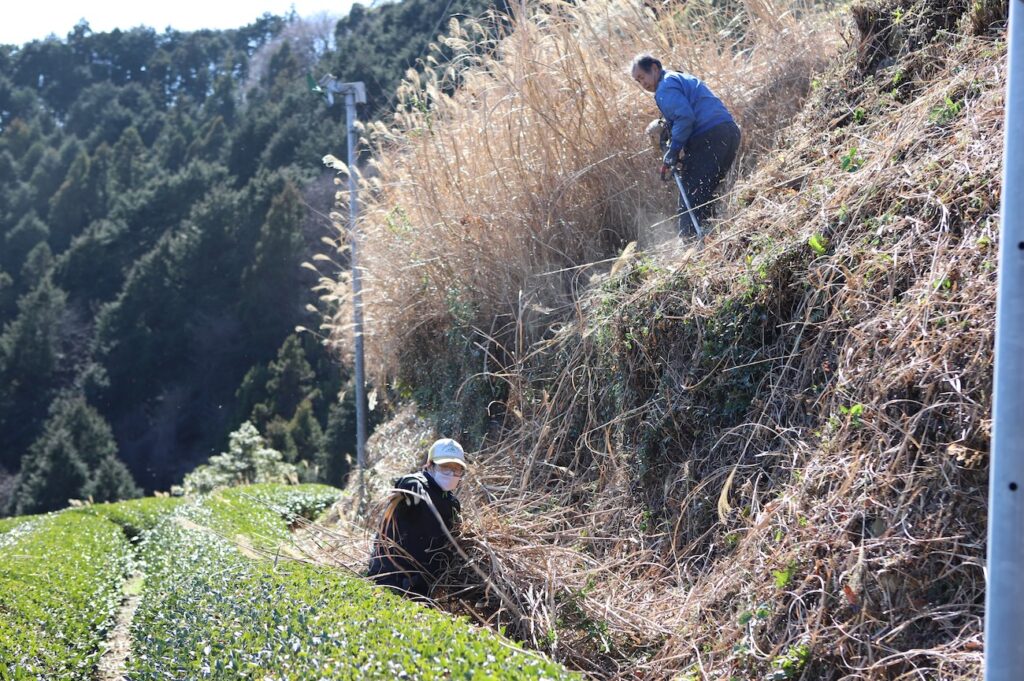
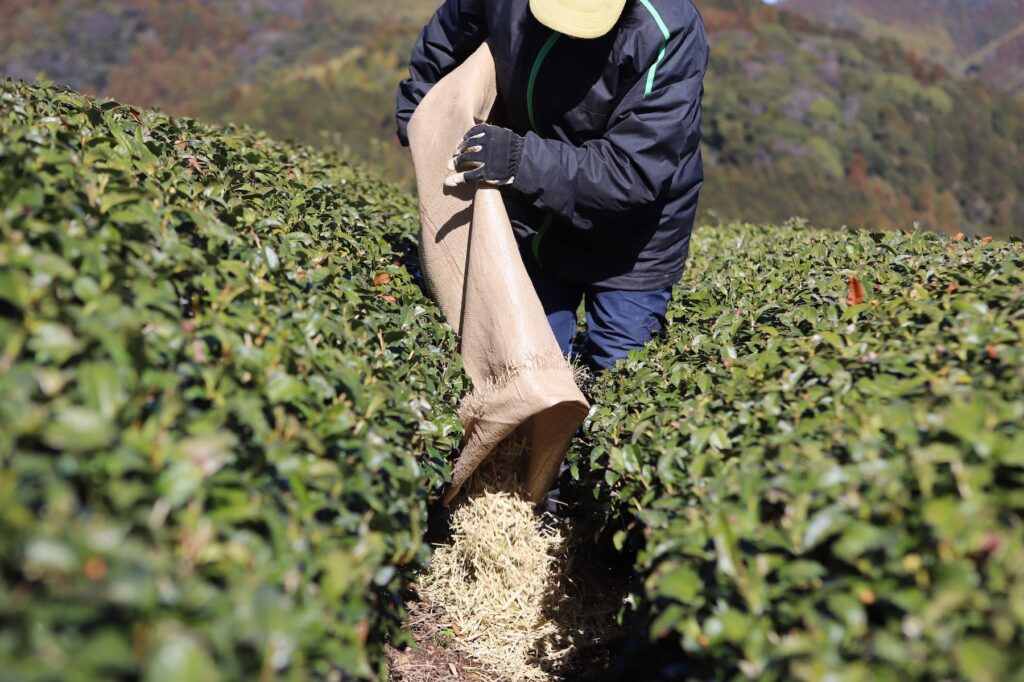
For more information on the Chagusaba farming method, please see the link below.
https://chamart.jp/en/archives/learn_heritage/shizuoka_chagusaba/
FAO, GIAHS Globally Important Agricultural Heritage System, Traditional Tea-grass Integrated System in Shizuoka
https://www.fao.org/giahs/giahsaroundtheworld/designated-sites/asia-and-the-pacific/traditional-tea-grass-integrated-system-in-shizuoka/en/
*Globally Important Agricultural Heritage Systems (GIAHS)
全球重要农业文化遗产/全球重要農業文化遺產
Systèmes Ingénieux du Patrimoine Agricole Mondial (SIPAM)
GIAHS are traditional agroecosystems made up of communities that have lived in an intricate relationship with their territory across generations while adapting to changes in society and the environment. They are recognized by the Food and Agriculture Organization of the United Nations (FAO). Additionally, the systems are resilient, characterized by remarkable agrobiodiversity, traditional knowledge, invaluable cultures and landscapes, sustainably managed by farmers, herders, fisherfolk, and forest people in ways that contribute to their livelihoods and food security.
FAO has designated a GIAHS related to tea in 3 sites in China, 1 site in Japan and 1 site in South Korea.
*Tea leaves contain caffeine. The diuretic, stimulant and anticancer effects of caffeine intake are clinically recognized. On the other hand, excessive intake of caffeine may have a damaging effect on health. Especially, pregnant or breastfeeding women, and children should be careful with the amount of caffeine they intake.
Click here for information about “Daily Caffeine Consumption”.



